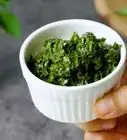wikiHow is a “wiki,” similar to Wikipedia, which means that many of our articles are co-written by multiple authors. To create this article, 16 people, some anonymous, worked to edit and improve it over time.
This article has been viewed 63,654 times.
Learn more...
The Carolina Reaper Pepper is the world’s spiciest pepper at 1.5 million Scoville Units [1]. Due to this notorious distinction, many individuals on YouTube and other social media formats have taken on the “Carolina Reaper Pepper Challenge” in which they attempt to consume this pepper. Although such efforts are carried out with the purpose of entertainment, serious precautions need to be taken into consideration in order to ensure safety for the person eating a Carolina Reaper Pepper and surrounding people.
Steps
Gauging Your Ability to Eat Spicy Food
-
1Consume a serving of a spicy snack food. Any irritation in your mouth, stomach, or eyes in response to consumption of these items is a likely indication of low spice tolerance and signal to avoid eating a Carolina Reaper Pepper [1] .
-
2Eat a serving of a spicier item such as jalapeño if the item from step 1 was consumed comfortably. If these spicier items can be comfortably consumed, it is likely safe to proceed with eating a Carolina Reaper Pepper under the right precautions [2] . If discomfort is experienced, chew on a slice of bread to remove spicy chemicals from taste buds [3] .Advertisement
-
3Eat a serving of an even spicier item such as cayenne pepper if Step 2 was consumed comfortably. If discomfort is experienced, drink milk to remove the heat.
Setting up for the Event
-
1Purchase the Carolina Reaper Pepper from an online store, as it is often not sold in grocery stores. Online stores like PuckerButt Pepper Company and Amazon are reliable options, as they provide packaging costing $1-2 per Carolina Reaper Pepper.
-
2Buy a gallon of milk, antacids, and towel from a local grocery store if necessary. The milk and antacids help deal with the discomfort of consuming the pepper while the towel help to clean up a potential mess.
Consuming the Pepper
-
1
-
2Mentally calm down before eating the pepper. Stress has been shown to worsen an individual's response to spicy foods.
-
3Eat only one pepper at a time, not multiple. Consuming more than one pepper greatly increases the potential for body irritation and health danger.
-
4Avoid making tongue contact with the seeds and inner pepper, instead mainly contacting the outer flesh of the pepper. The seeds and associated inner flesh contain the highest capsaicin content, making them the spiciest portion of the pepper as capsaicin is the component that gives a spicy flavor.[5]
-
5Thoroughly chew the pepper. Swallowing prematurely without fully breaking the pepper down greatly increases the risk of stomach discomfort.
After Eating the Pepper
-
1Slowly drink milk if any irritation is felt in the mouth area. Milk contains casein that binds to capsaicin, neutralizing its spicy effect.
-
2Consume antacids if any stomach pain is felt more than an hour after pepper consumption. Antacids will help to reduce feelings of heartburn and other stomach discomforts.
-
3Receive medical attention if stomach pain is felt more than an hour after pepper consumption. Such a prolonged body response necessitates medical treatment.
-
4Wash your hands. Capsaicin residue can remain on fingers after pepper consumption and can lead to skin irritation in certain areas for the person who consumed the pepper and other individuals.
-
5Use a rag to clean the table or other areas that the pepper has touched. Such areas can contain capsaicin residue and be harmful to those individuals who come into contact with them.
References
- ↑ https://www.thrillist.com/eat/nation/ranking-spicy-snacks-flamin-hot-cheetos-snyder-s-hot-buffalo-wing-pretzels-and-other-popular-hot-snacks
- ↑ http://www.businessinsider.com/scoville-scale-for-spicy-food-2013-11
- ↑ http://www.medicaldaily.com/dont-feel-burn-5-best-remedies-cool-your-tongue-after-eating-spicy-food-279930
- ↑ https://firstwefeast.com/features/2016/10/how-to-prep-and-recover-from-spicy-foods/preparation-for-eating-spicy-foods
- ↑ http://www.culinarylore.com/chiles:do-chile-seeds-have-heat


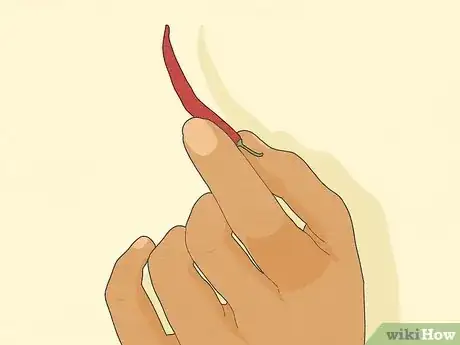

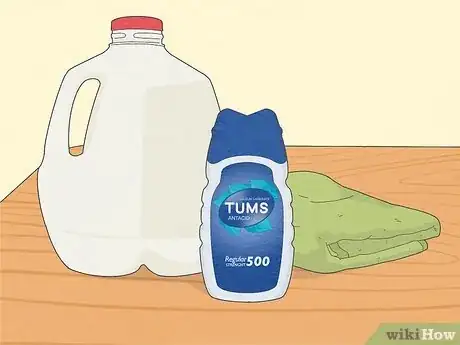
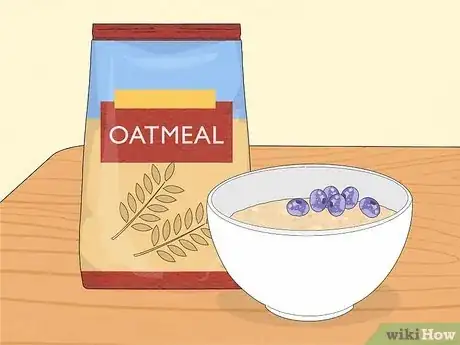


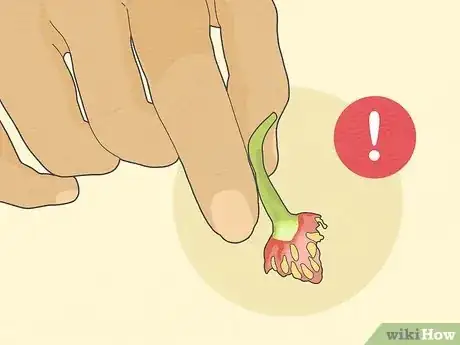


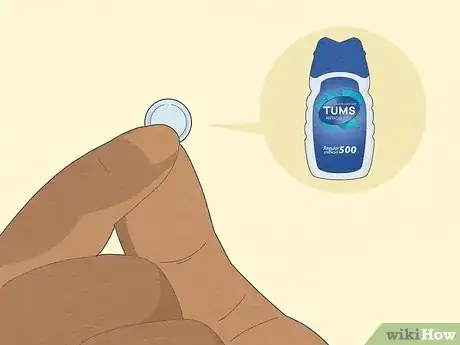


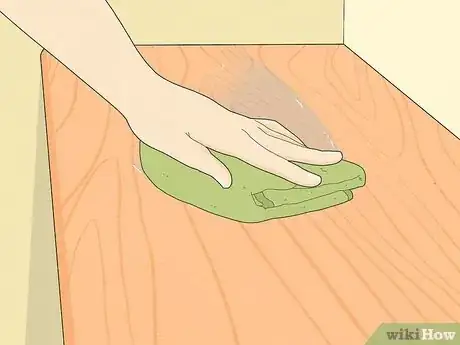




-Step-11.webp)















